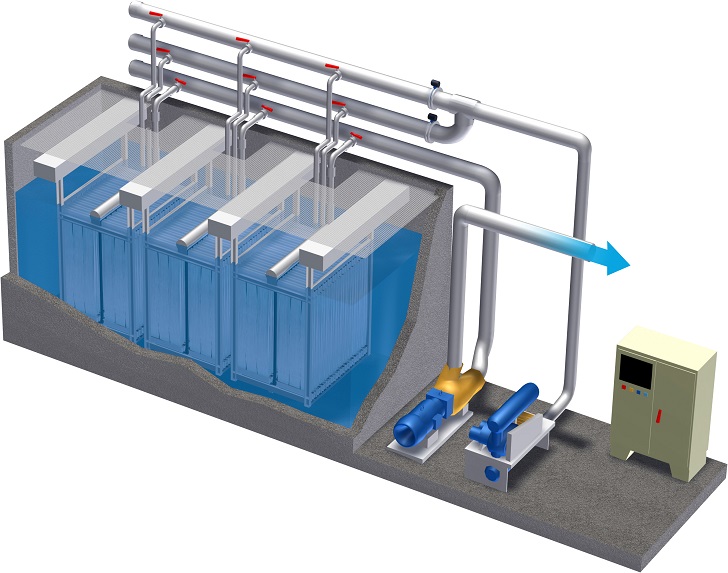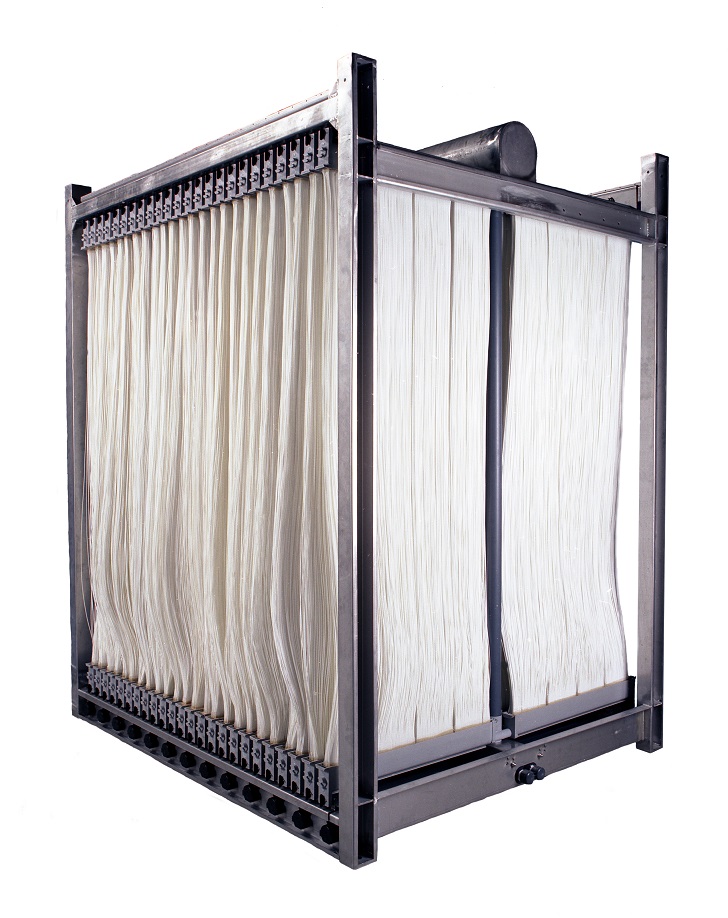

Matthew Stapleford, regional lifecycle manager at SUEZ Water Technologies & Solutions, discusses his 18 years of involvement in helping a US Water District address high levels of iron and manganese in its source water to meet water quality objectives.
The Seekonk Water District, in the town of Seekonk, Massachusetts, relies on groundwater for supplying customers with water for domestic and fire protection needs. The groundwater source contains high concentrations of iron and manganese, and historically, the District’s produced water contained iron and manganese levels that exceeded US National Secondary Drinking Water Regulations.
In 1998, the District began pilot testing different treatment technologies to determine the best solution for upgrading its plant to meet water quality goals and increase capacity. During the evaluation, the Seekonk region experienced severe flooding, which caused one of the District’s wells to become contaminated with E. coli. This prompted a regulatory status change of the District’s water supply, from a “groundwater” source to a “groundwater under the influence of surface water” source, mandating full treatment under the Surface Water Treatment Rule.
UF membranes After evaluating several options, the District, led by former Water Superintendent Bruce Baldwin, selected SUEZ’s ZeeWeed* 500 immersed ultrafiltration (UF) membranes which outperformed all competing systems, including conventional green sand technology. Immersed directly in tanks, the ZeeWeed membranes draw clean water through the membranes’ microscopic pores, rejecting bacteria, suspended solids, precipitated iron and manganese.
The membranes proved effective during the test period at meeting iron and manganese target limits and demonstrated very high production efficiency even at maximum flow rates. Everyone involved with the evaluation was encouraged by the great results, despite the fact the ZeeWeed 500 was at that time a new technology and relatively unproven.
In April 2001, the Seekonk Water District commissioned its new 4.3 MGD plant. With any new process application there is a learning curve, and in our case, the plant encountered an upstream process issue that was hampering membrane performance. To better understand the problem, SUEZ brought specialists on site, held regular meetings, and we eventually uncovered the issue. We found that there was an issue with the kinetics of iron and manganese oxidation upstream of the membrane system. After mitigating that issue and working with the District to fine-tune the process, the technology performed as it was intended and continues to do so today.
In 2001, Water Superintendent Baldwin said the new facility allows the District to meet current and projected community water needs and the membrane treatment process gives peace of mind that the District is supplying the best quality of water they can at an affordable price.
Longevity When the ZeeWeed 500 membrane first came on the market, the general industry assumption was that the average lifespan of a membrane was about seven to nine years. However, in 2018, over 17 years after the membranes were installed at the Seekonk Water District plant, one of the plant’s three parallel treatment trains still had the original ZeeWeed 500 membranes in operation, demonstrating the longevity of the product. ZeeWeed membrane longevity comes partly because of the reinforced fiber which makes it stronger than other immersed hollow fiber UF membrane on the market. A single ZeeWeed fiber can hold up to 110 lbs. (50 kg).
Every site is unique, and the durability of a membrane is also heavily influenced by the specific water quality characteristics of each application. But with the availability of membrane lifecycle data at the Seekonk Water Treatment Plant, the District can confidently plan and budget for future upgrades with this longer lifecycle horizon in mind.
Upgrade Prior to 2018, the District had decided that the time had finally come to begin replacing the original membranes, and in 2014 the first of three scheduled treatment train upgrades was completed. The second upgrade occurred two years later, in 2016, and the remaining in 2018. The District chose to upgrade the entirety of the plant’s original membranes with the newer ZeeWeed 500D membranes, continuing their long-standing partnership with SUEZ.
Upgrading to the ZeeWeed 500D membrane generates ancillary benefits for the District. Since the ZeeWeed 500D is more efficient and compact, fewer membrane cassettes are required to achieve the same water treatment capacity. By saving space, the District now has the option to add additional membranes to produce more water in the same footprint, if demand increases.
By implementing a low fouling membrane, the District expects long-term sustainable flux and reduced membrane cleaning. It will also save substantial energy costs with an improved efficiency in the membrane aeration, And, with fewer cassettes installed compared to previously, there is less surface area of membrane that needs aerating.
In 2019, Rob Bernardo, the District’s current water superintendent, said that “reliability and proven performance are just two reasons why the Seekonk Water District is committed to using the ZW500D membranes to deliver the highest quality drinking water to our customers.”
Mr Bernardo further explained that while the technology is a proven performer, it’s the SUEZ team that really makes the difference. “I sleep better at night knowing that your support staff is there when I have challenges,” he said.






